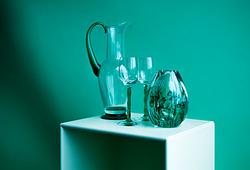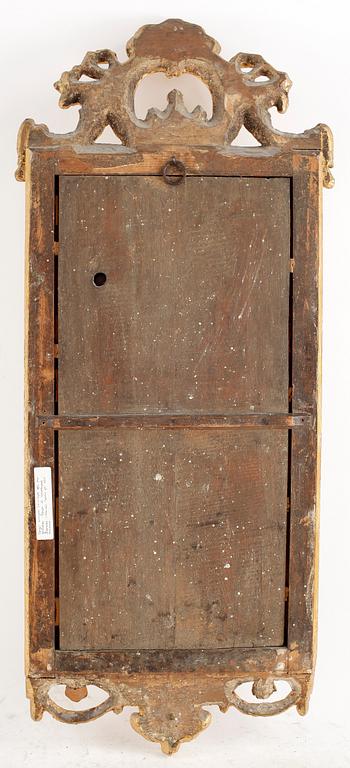Gustaviansk
SPEGEL. Gustaviansk, Johan Åkerblad (mästare i Stockholm 1758-1799), Hallstämplad Stockholm.
Bronserad samt förgylld. Tvådelad glas. Krön i form av musla, delvis genombrutet. Nederdel med dekor av girlanger. Märkt "IA". Höjd ca 110 cm.
Renoverad, bl a senare bronsering. Slitage. Smärre sprickor. Smärre färgbortfall.
Provenance
Överste av 1:a graden Erik Lyth.
Designer
The Gustavian era fell between 1775 and 1810. The furniture then takes on, in contrast to Rococo, a more restrained contour. The legs become straighter and tapered, the colours become softer in mostly grey-green and grey-blue tones. Typical to the Gustavian time is intarsia, inlays with medallions and classical borders. The chairs backrests are often straight spindles or a curved bundle of spindles, with the finer chairs have a padded back with a rosebud decoration at the top. A significant detail is the flower, "fleuron", which is often found in corner ornaments, leaf scroll decoration, and festoons of leaves, flowers, or fruits. Between the years of 1785-1810 is commonly known as the late-gustavian era and is known for its rigid clacissism. Rich intarsia decoration was replaced by smooth, dark mahogany with elegant brass fittings and moldings.
Read more





































